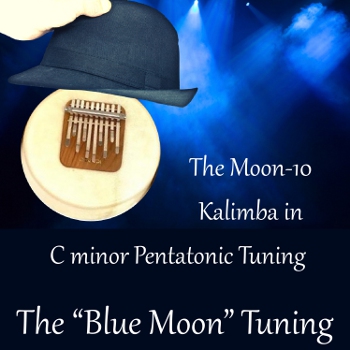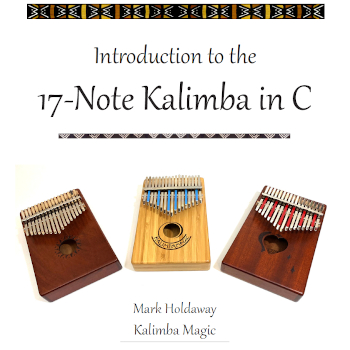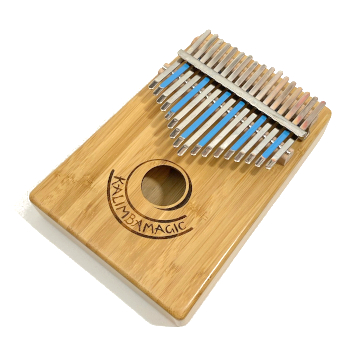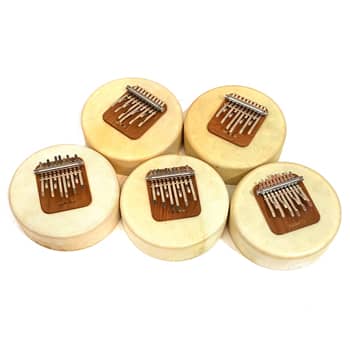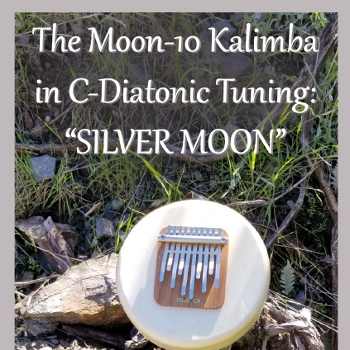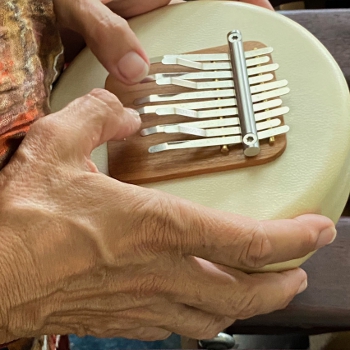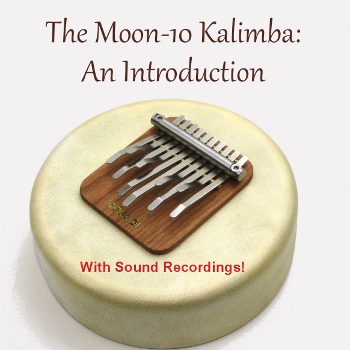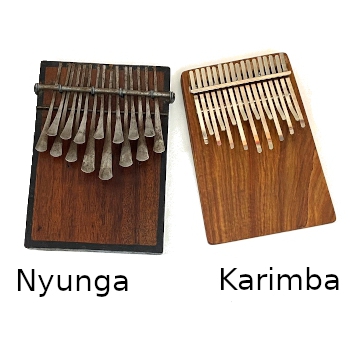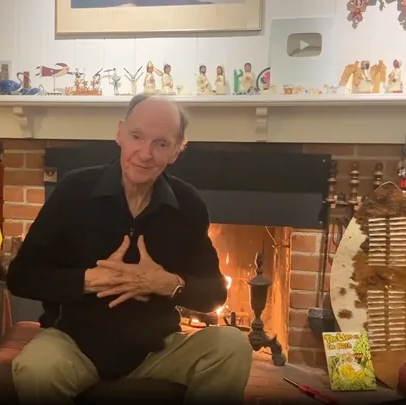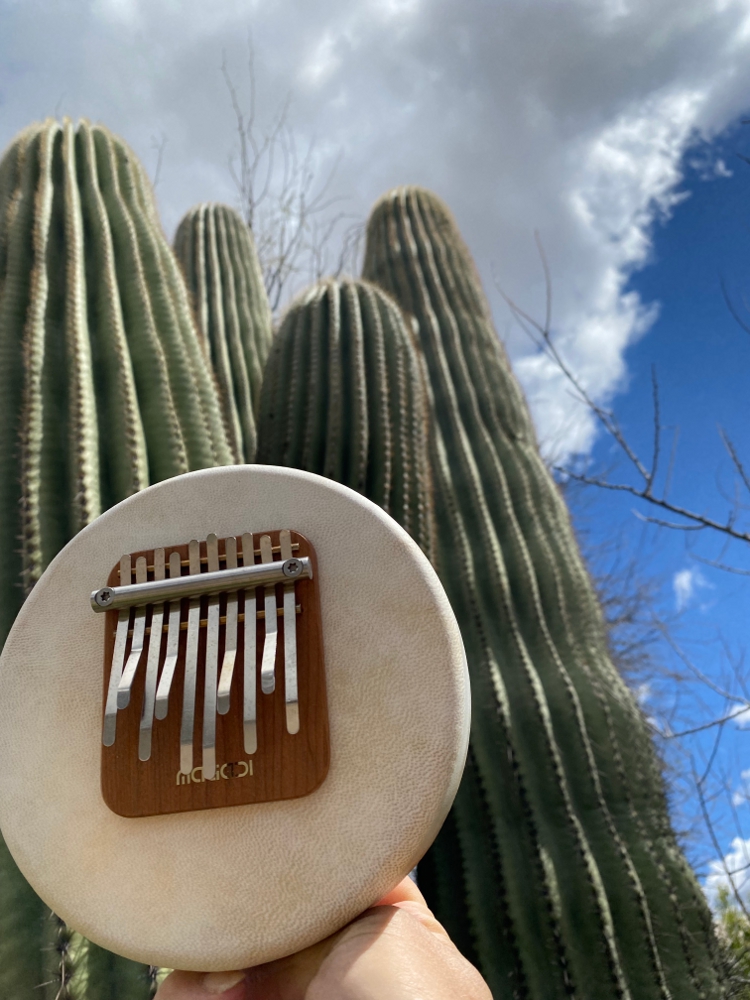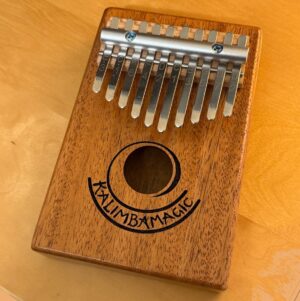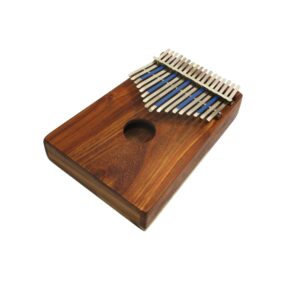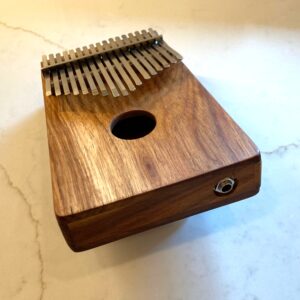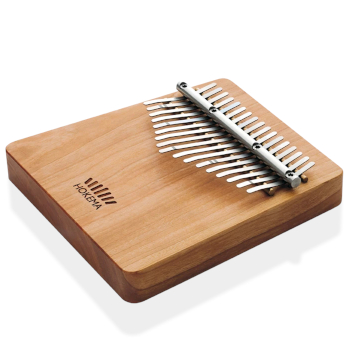
New: The Hokema B17, a top notch “17-Note Kalimba in C”
If you aren’t happy with the quality of your 17-Note Kalimba in C, try this one. The German-made Hokema Sansulas and Kalimbas have long been loved for their superb sound and quality… but the Hokema instruments were small, with 9 or 11 tines. They played beautiful, dreamy music, but were limited to play simple music. An introduction to the B17 kalimba, and why it is so good. Now, the B17 is available – 17 top quality tines mounted on a sturdy wood body. It is not the loudest kalimba, but all the notes have an even sound, and the notes sustain for several seconds. And while many 17-Note kalimbas have
